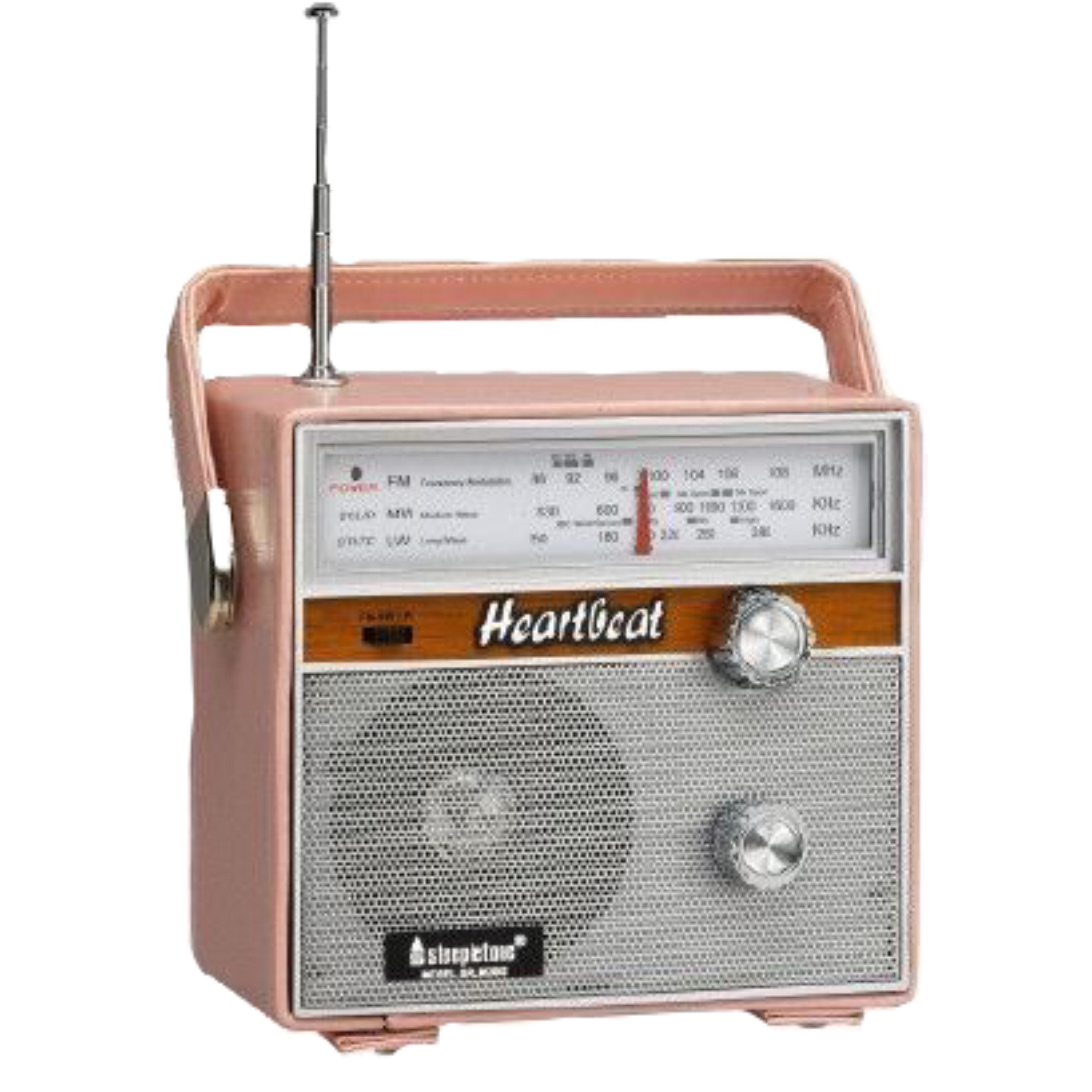The Pink Tax
The cost of being a woman .
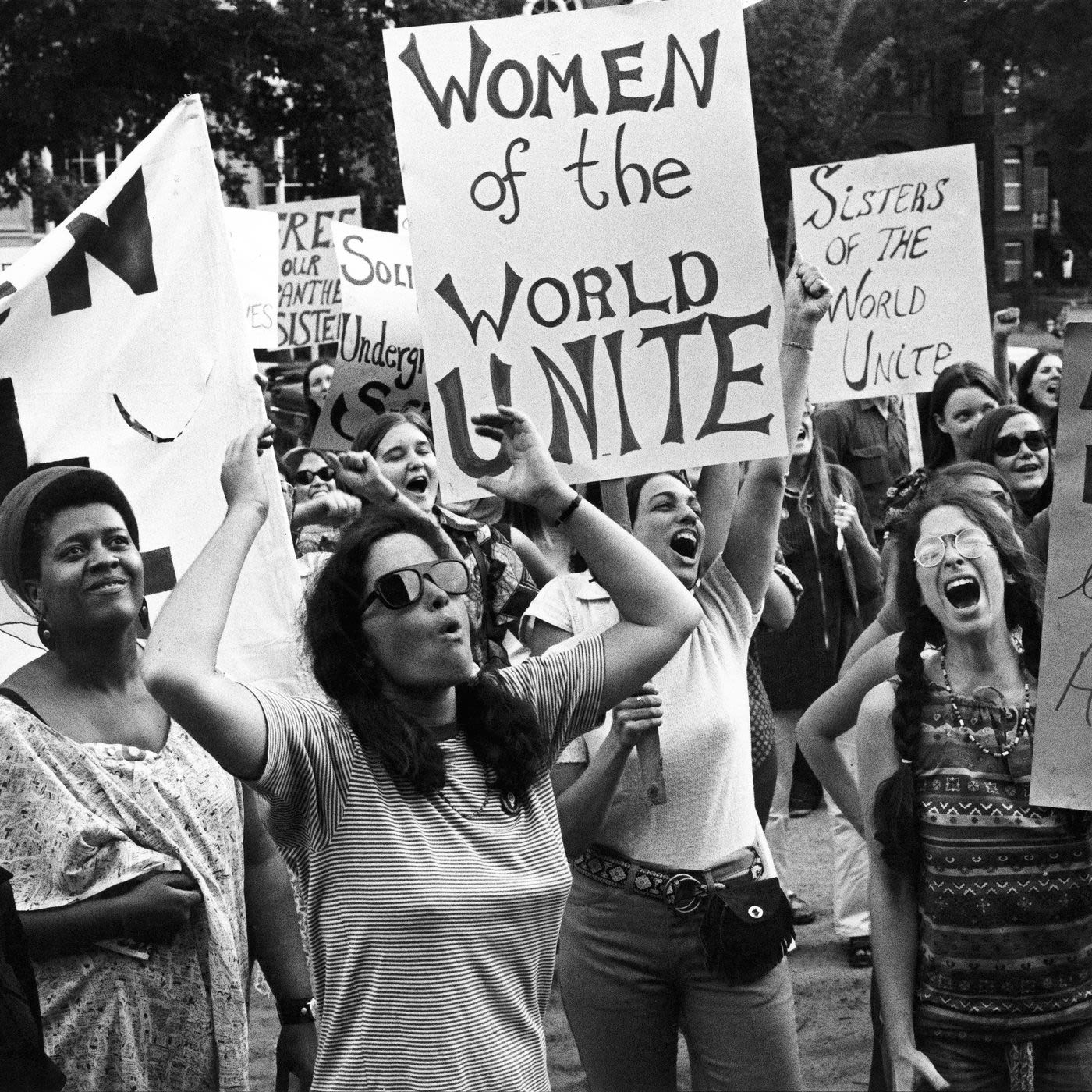

So, what is the Pink Tax?
The concept of the "Pink tax" gained widespread attention in the mid-1990s and has remained a source of concern ever since. While it is not an officially imposed tax, it continues to persist in today's society, as it is a retail sales tactic whereby the price of an item targeting the female market or consumer is higher than that of the same item marketed either for men or in perceived male colours. While the notion of the pink tax may appear relatively harmless, it imposes a financial strain on women in today's economic landscape, where 46% of women have expressed that financial concerns adversely affect their mental well-being. Though the disparity in pricing between men's and women's products may seem minor, such as a dollar or a few cents, when viewed in the broader context, are incremental costs and accumulate overtime, stimulating a compelling discussion.
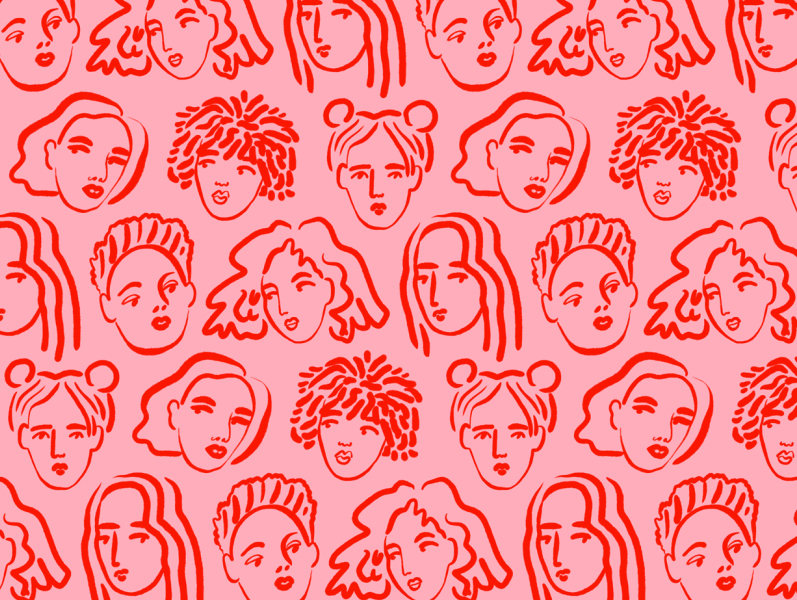
Prohibition of the Pink Tax
In September 2020, New York State implemented the pink tax prohibition. The Governor stated that this measure aimed to eliminate price discrimination against women and girls, ensuring they would no longer suffer financial disparities. Furthermore, the Governor emphasised that businesses failing to adhere to this regulation would face consequences, thereby pressuring all enterprises to comply with the inaugural prohibition. Additionally, the law empowers consumers to request, among other things, a written price list from any entity if they suspect pricing discrepancies. New York was the first state to conduct this law as the The New York City Department of Consumer Affairs conducted a study of price differences between mens and womens supplies, where they found that on average, women's products cost 7% more than mens.
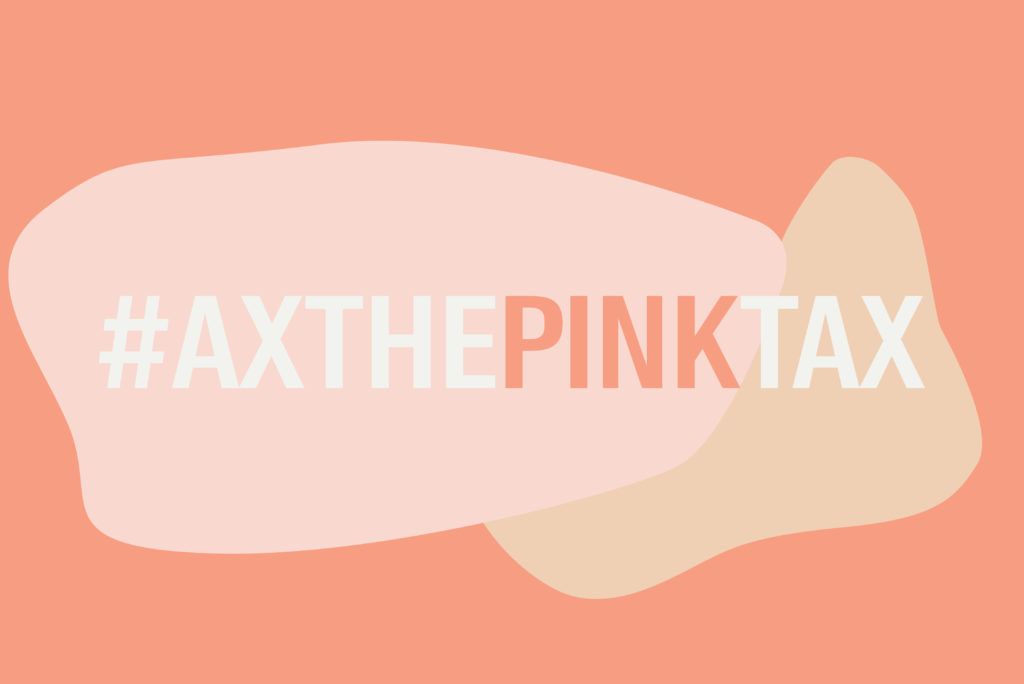
"The Pink Tax Podcast"
"The Pink Tax Podcast"
This caused the New York Legislation to to take actions and created multiple Acts to prevent the problem. Likewise, Governor Pete Wilson of California took action in 1996 by enacting the Gender Tax Repeal Act of 1995, with the goal of establishing fairness in various sectors like dry cleaning, haircuts, and car repairs, ensuring equal pricing for both men and women. Likewise, in 1998, the then-mayor of New York City, Rudy Giuliani, approved legislation aimed at stopping retail businesses, such as hair salons and dry cleaners, from setting prices based solely on a person's gender. There are now only five states which don’t tack on an additional tax for any women’s products including Alaska, Delaware, Montana, New Hampshire and Oregon.
Examples of products that are priced higher for women than men .
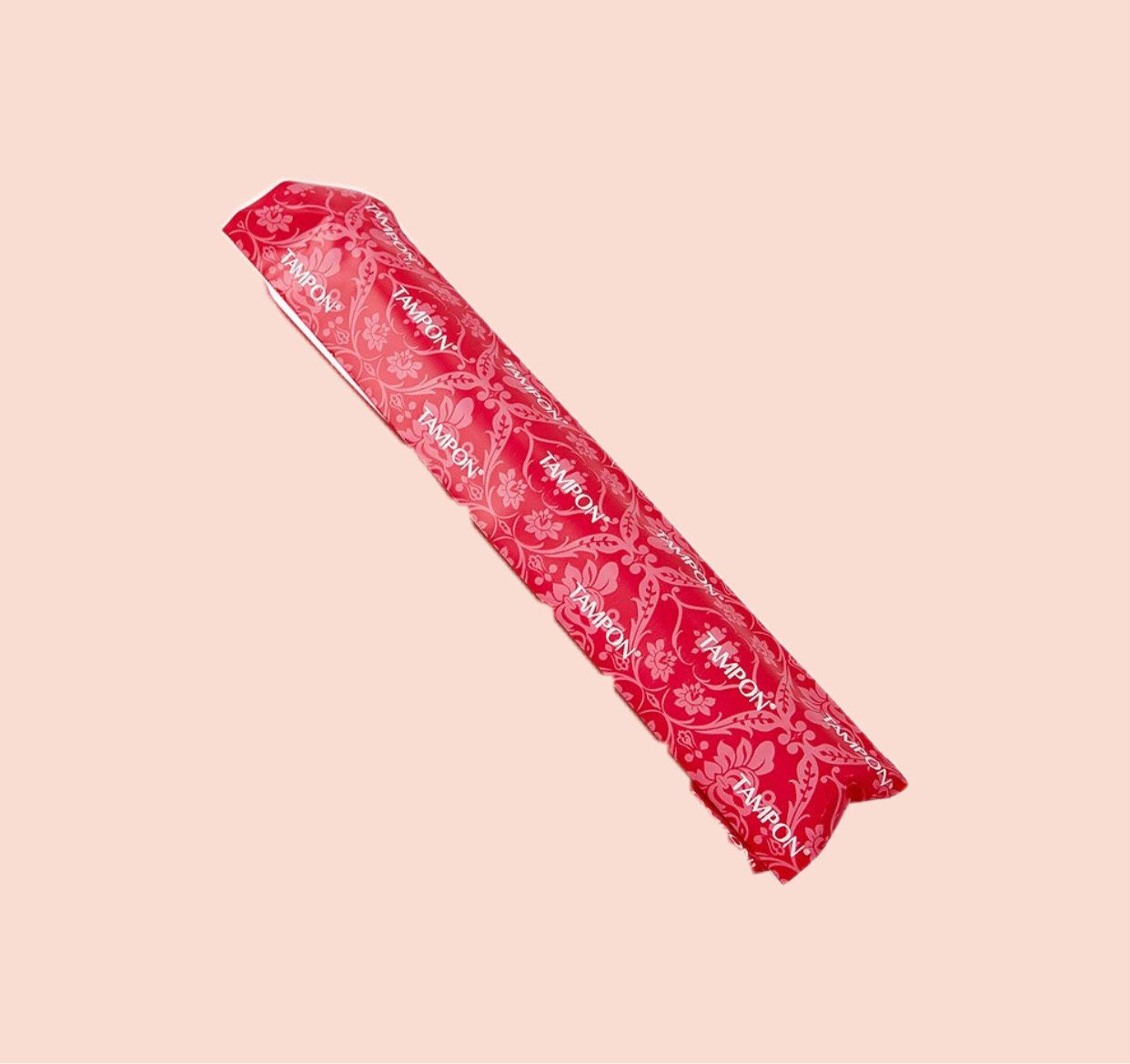
While research indicates that women may face higher costs for specific products or services like mortgages or car insurance, these discrepancies don't always result from gender discrimination and can sometimes stem from a lack of research or reliance on simplified approaches through recommendations. On the other hand however, there are a variety of items that can be seen to have a higher price listing for women than men, time and time again. This mostly includes self care products such as razors, deodorant, or body soaps / shampoo and conditioners.
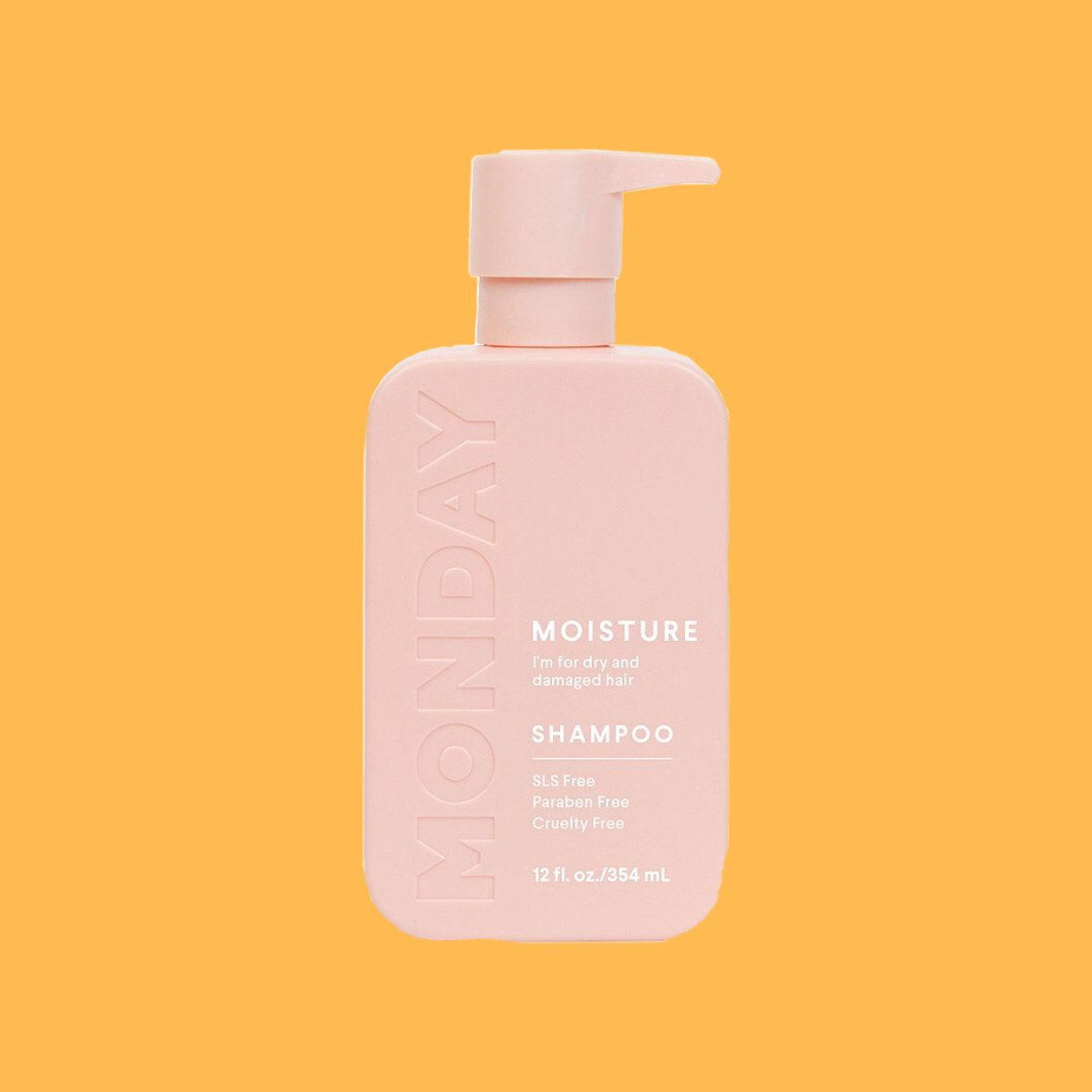
In 2015, New York City's Department of Consumer Affairs released a study that was called "From Cradle to Cane, The Cost of Being a Female Consumer." The report takes a closer look at the concept of women paying more for everyday products than men and developed interesting results for the public. According to the study, it was found that between 16 different hair care products in stores across New York City, women tended to pay 48% more than men for shampoo and conditioner.

The same study was also conducted for body wash, where women pay 6% more than men. There is no specific reason as to why this concept occurs, however there have been speculations it is all due to marketing and branding strategies. It is said that women are more likely to pay a higher dollar amount for a product than men, particularly when it is related to beauty and fashion, therefore, women are exploited and end up paying more than the average man for the same products.

Period Poverty
In New Zealand, period poverty refers to the lack and inability to provide not only period products but also education, further leading to lack of knowledge in schools, work and even everyday life. Not only in New Zealand but all around the world period poverty occurs due to financial hardship and lack of products.
In New Zealand however, it is a common occurrence that many individuals face challenges in affording the necessary menstrual products they need every month, and this predicament limits their capacity to engage in work, education, or their regular daily activities.
A survey conducted by Dignity Aotearoa shows that 23% of women with periods in New Zealand have missed out on work, school and other events due to their inability to access period products. Furthermore, 14% of students in decile 1 schools have missed multiple days of school a month due to their menstrual cycle. Period poverty relates to pink tax due to the fact women have zero control over our cycle and when or how it occurs, it's a natural part of a woman’s life.
The pink tax and period poverty often leaves many women worldwide feeling frustrated and confused about why we have to bear the cost of essential products for something beyond their control. In countries such as Ireland and Scotland, period poverty is prohibited due to the fact that their sanitary products are free under government funds.
This allows all women across those countries to access menstrual products regardless of their financial position. This should be the norm and all countries should adapt this new way of living, creating equality and less strain on women's finances.
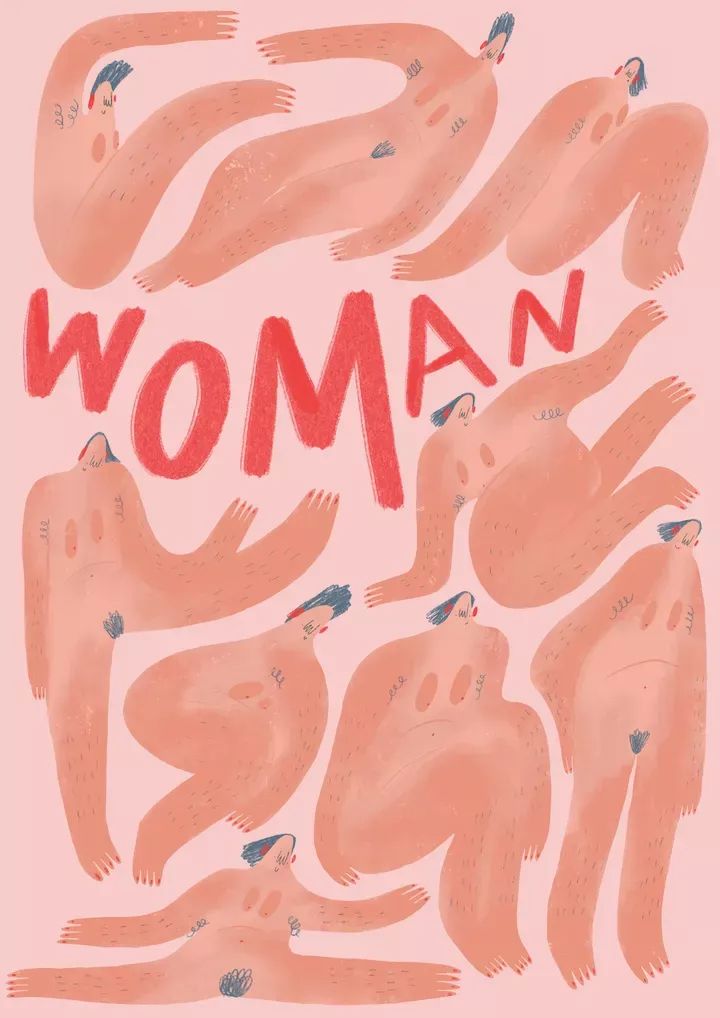
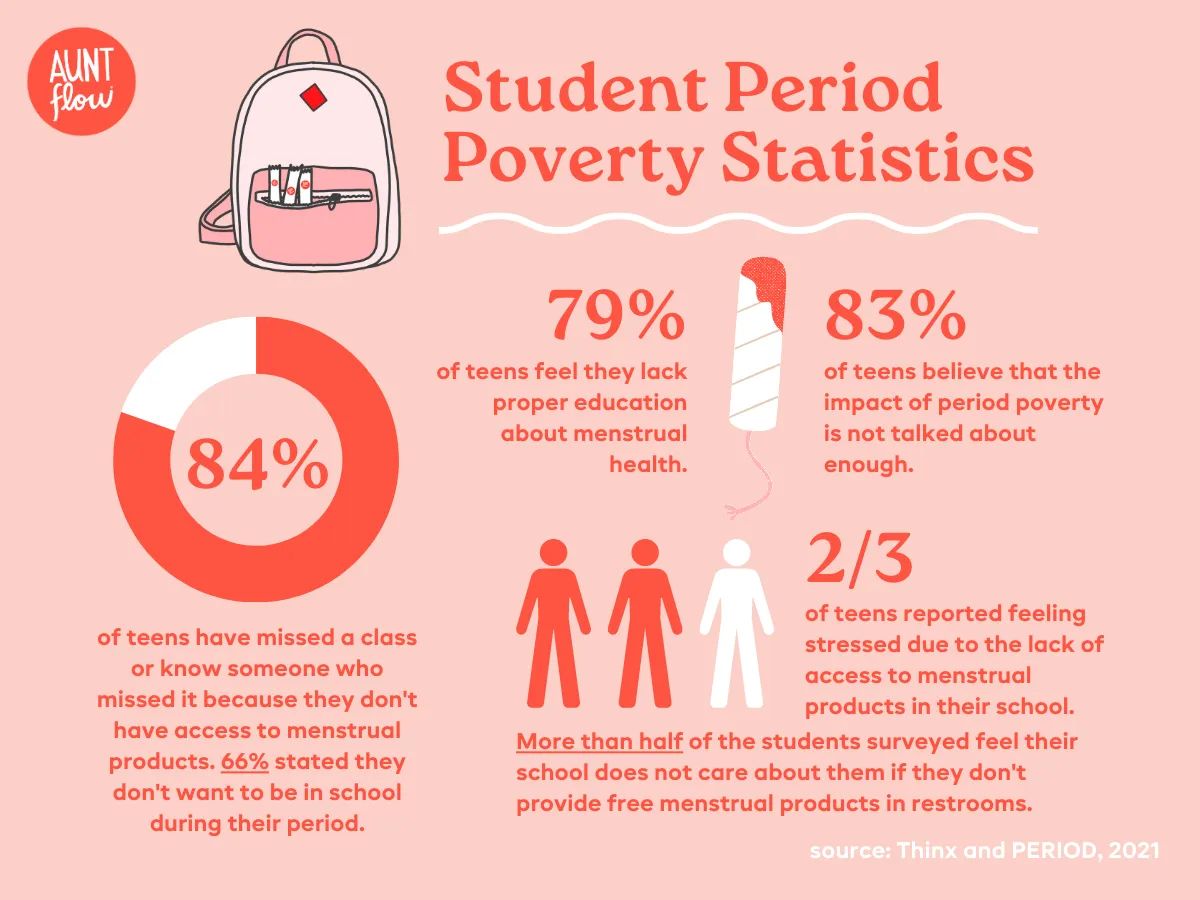

History of the "Tampon Tax"
Numerous states in the US and countries worldwide were apprehensive about abolishing taxes on menstrual products due to concerns about the potential reduction in tax revenue. It was estimated that in New York, approximately $14 million would be subtracted from their yearly income as a result, which caused them to increase tax on other mandatory items. In the early 2000’s, the Australian Government first introduced a federal goods and services tax which applied to female sanitary products. The tax levy was 10 percent, and at the time, tampons and pads were considered a ‘luxury good’ in Australia and other countries.

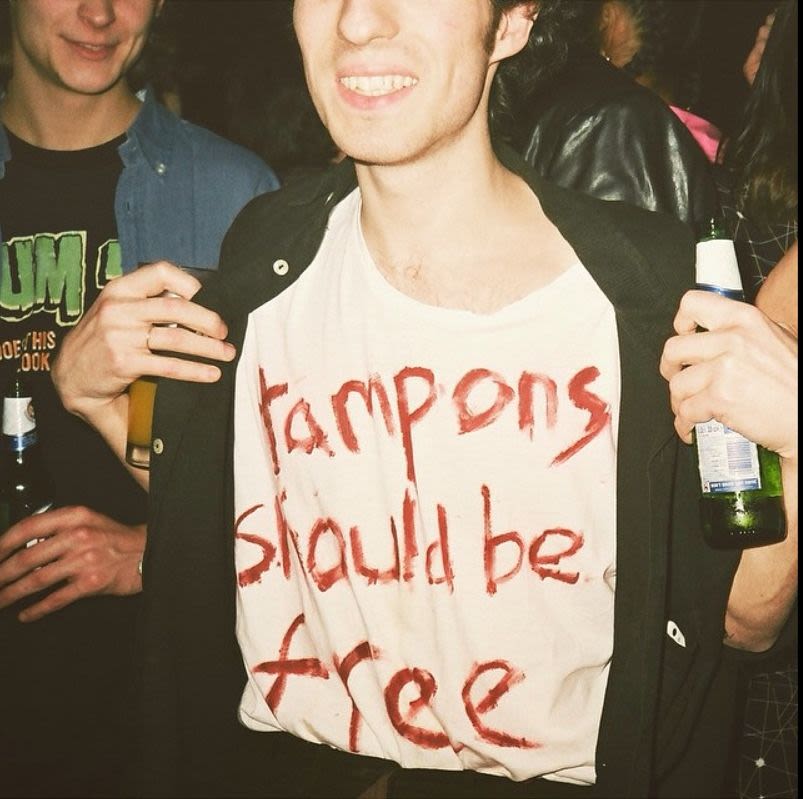
A liberal party member told a reporter in January that “As a bloke, I’d like shaving cream exempt, but I’m not expecting it to be.” This shows the kind of audacious personalities that men have towards women and their needs, and he further went on to state that “I wasn't aware that mensuration was an illness.” This kind of language caused an outrage, creating protests and movements to fight back against the Australian Government.
However the fight for tampon tax goes well beyond Australia, it also hits the United States, where in 9 states there is no tax but still 36 states that have withheld the tax. In the whole of the United States, Kenya was one of the first to eliminate the tampon tax in 2004, following India who ended their 12 percent tax on menstrual products in July 2017 and finally Canada who abolished the tax in 2015.

"Tax on pads, tampons scrapped or cut in 48 nations"

In 2004, Kenya became the first nation to abolish tampon tax, and since then, several other nations have done the same. Tampon taxes have now been cut in 48 countries, predominantly in Europe. The European Union passed a law that required all members to reduce tampon taxes by at least 5%. Whereas Scotland on the other hand was the first country in the world to make sanitary products completely free for everyone.
New Zealand should be a country to take note of this, as the country's tampon tax was 15% in 2018 and has subsequently increased since then. In 2021, free sanitary goods were made available in New Zealand schools, although this does not assist people over the age of 18 who are unable to pay for sanitary products.
Some nations are unable to cut tampon taxes as it is an important source of revenue for governments. This is the case for both New Zealand and Australia, hence why tampon tax is still seen in these countries.
More than a quarter of menstruating women and girls around the world - around 500 million people - struggle to manage their periods, often because they cannot afford sanitary pads, according to the World Bank
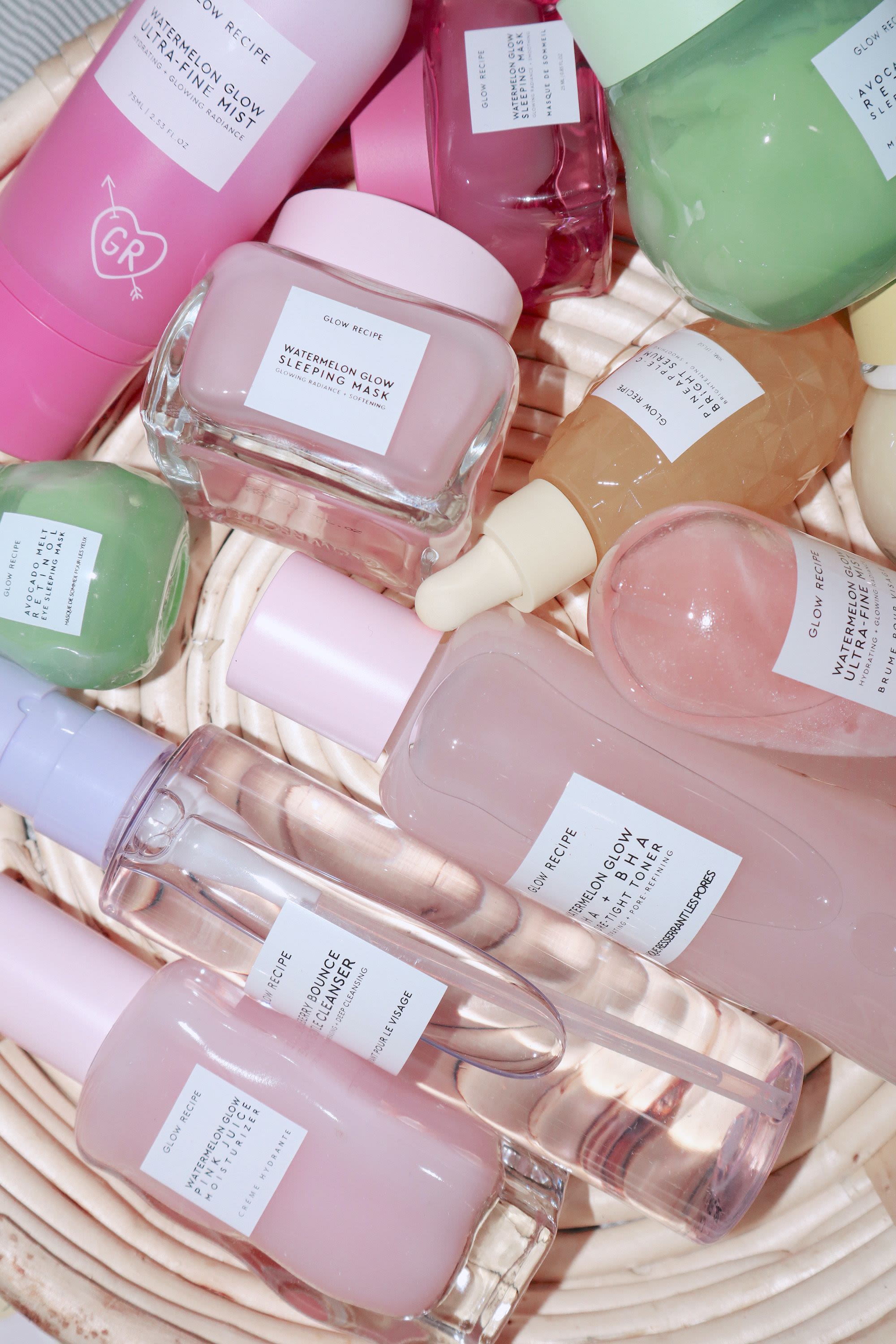
Unfortunately cultural stigma and other societal factors play a role in inducing period poverty.
The government plays a significant role in tampon tax but, this leads to detrimental issues around the world. Periods can come at any time in life, they are not put on hold for pandemics, war, or natural disasters.
These widespread issues can lead to impacts on people’s financial security. Regardless of whether they have been impacted by these occurrences or not, not everyone can afford sanitary items. People will miss out on opportunities such as school and employment if they can not afford the sanitary supplies that they need.
Nearly 95,000 young people in Aotearoa cannot afford period products outside of school, which is having a negative impact on their academic performances as they avoid going to school. Affordable and accessible sanitary products need to be available for people not only in New Zealand, but across the globe. This starts by cutting tampon tax.
Luxury? No, Necessity.

In some countries, period products are considered non-essential items, are considered luxury items by some, for VAT purposes - Whilst items including; toilet paper, condoms and over the counter medicines are tax-free or carry a lower levy
Unfortunately, cultural and societal ideas that downplay the significance of menstruation health are the cause of this.
Islam, for instance, was formerly a society that devalued women. They treated women like slaves and propagated the stereotype that women on their periods were less than humans and were dirty human beings. Because of this stigma, period products– which also include toilet paper, condoms and medications - were viewed as unnecessary necessities.
The stigma associated with periods still exists in some nations where people believe that period products are not important. Access to period products is a fundamental human right.
Tampon Tax & Education
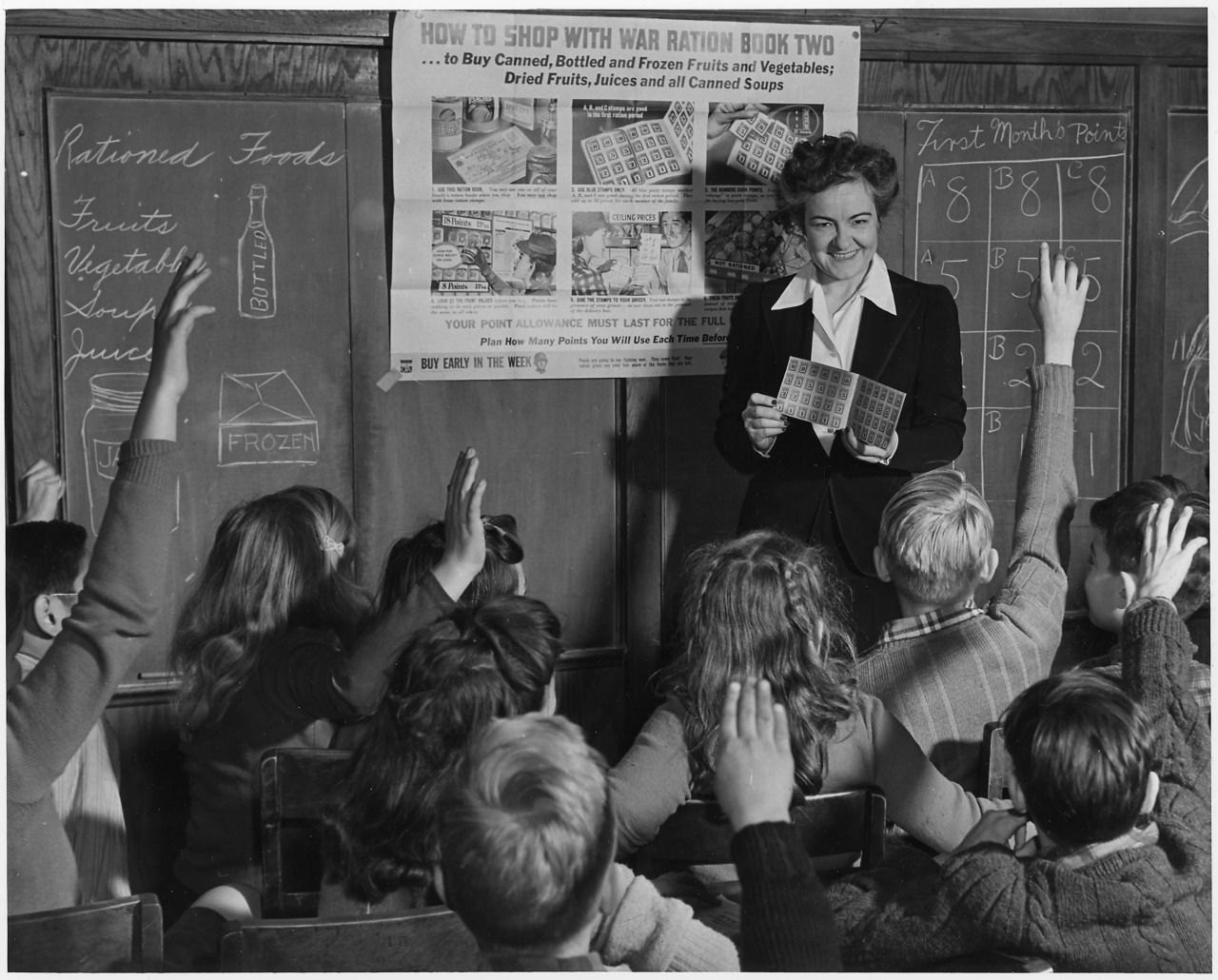
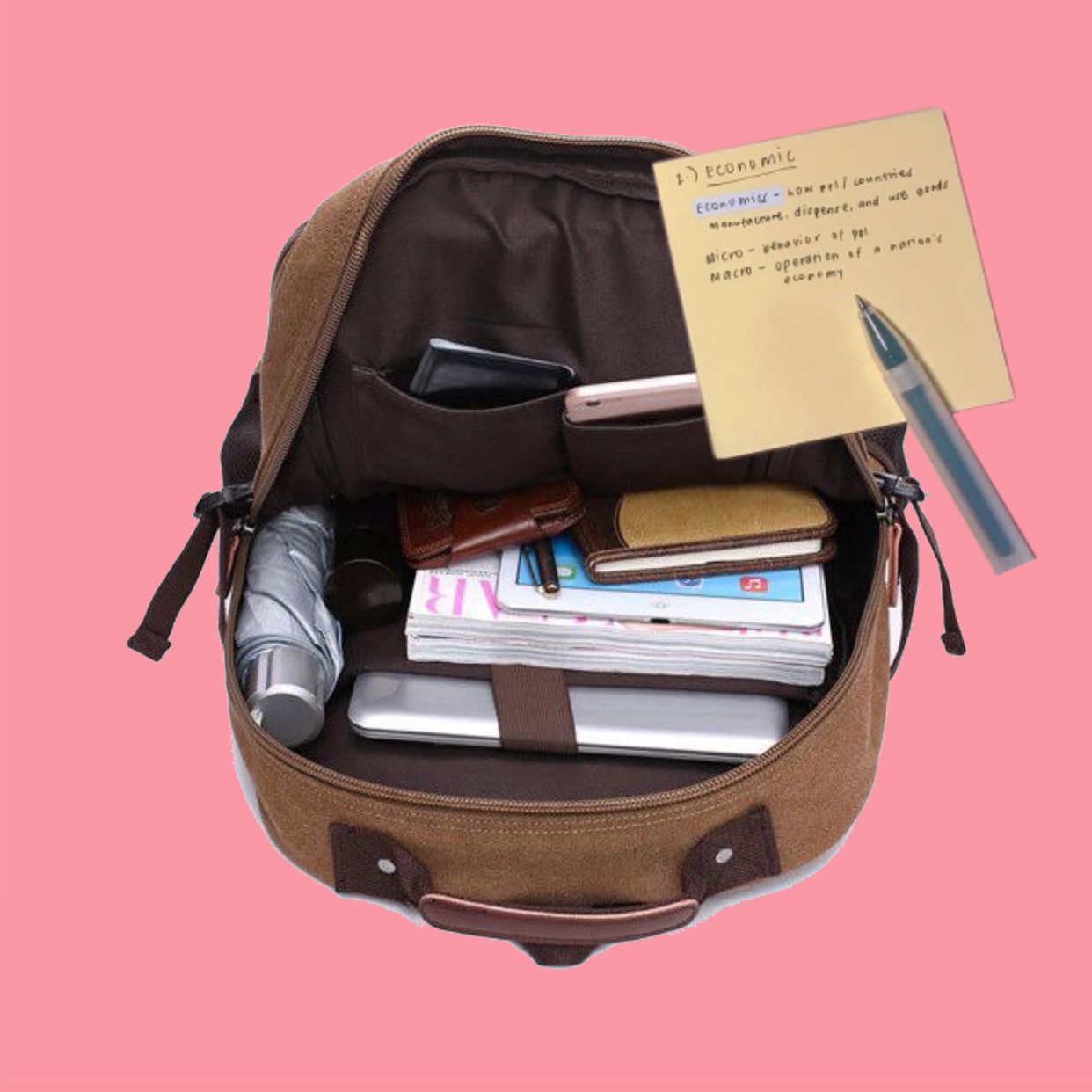
Due to lack of access to period products many menstruating people are held back from attending work and school. New Zealand itself claims to be a progressive country, to prove that the government should adopt a policy, like Scotland, making period products free for all. By doing so this will improve not only work productivity, but rise in attendance at schools. Aotearoa’s education system has shown 14% of students in decile 1 schools have missed multiple days of school a month due to their menstrual cycle. Thus hindering the education and lives of many students in New Zealand.

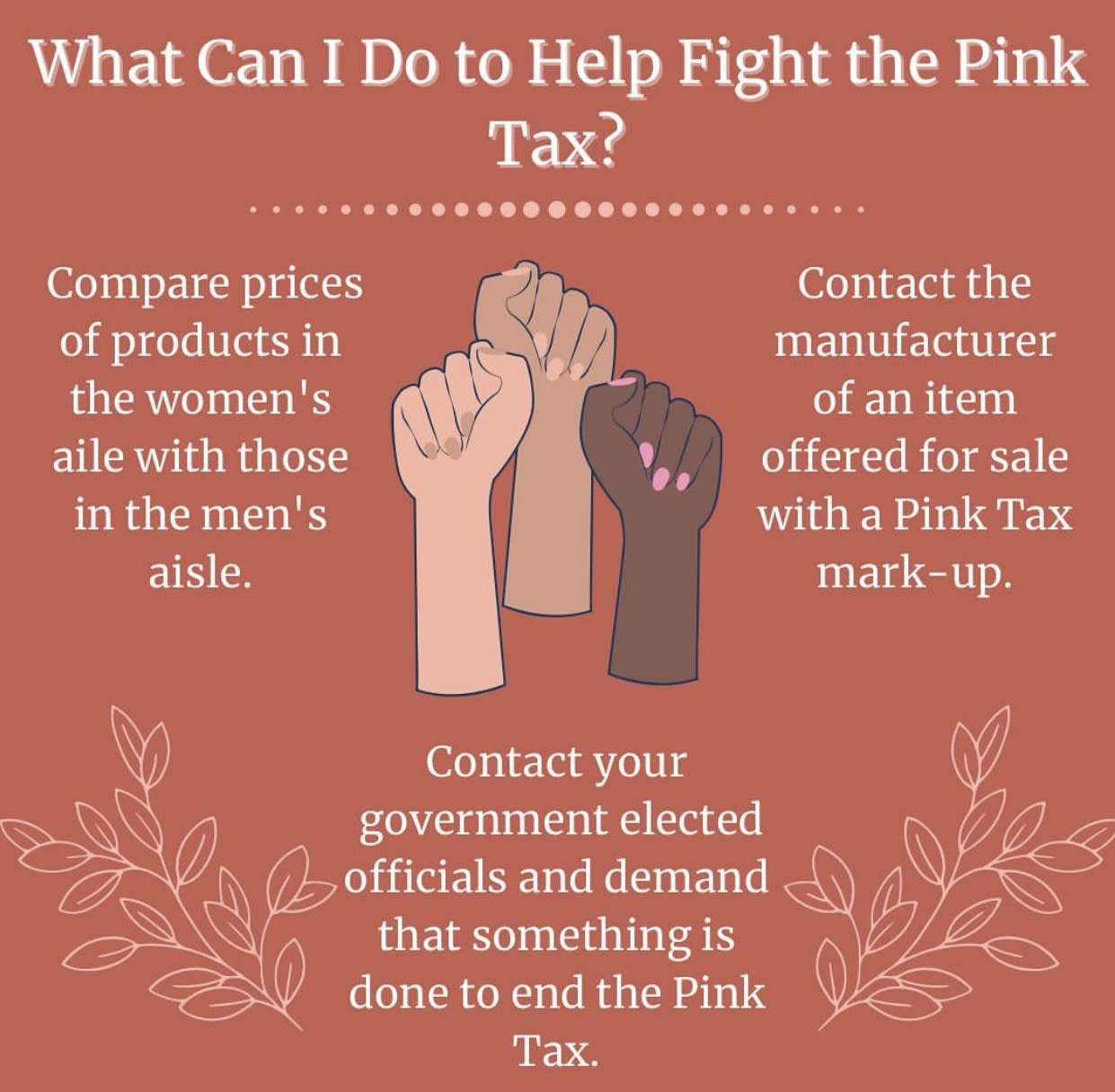
To summarise, period poverty is an issue that affects people around the globe. Not only does it affect people financially, but it affects them emotionally with the stigma around menstruating. Promoting period health and hygiene enables an environment where women will not be discriminated against. A study conducted in Egypt, showed that young women who are menstruating avoid bathing because it is frowned upon in society for them to be in contact with water whilst on their periods. Due to stigmas and cultural taboos surrounding menstruation, girls may engage in unsafe practices. This is a problem of gender inequality; if men had periods, would there be the same stigma attached to it? Tampon Tax and period poverty are problems that need to be addressed not just in New Zealand but other countries too.
Bibliography
Department of State. (September 2020) Former Governor Cuomo Reminds New Yorkers "Pink Tax" Ban Goes into Effect Today.
https://dos.ny.gov/news/former-governor-cuomo-reminds-new-yorkers-pink-tax-ban-goes-effect-today
Fontinelle, A. (March 2023) What Is the Pink Tax? Impact on Women, Regulation, and Laws.
https://www.investopedia.com/pink-tax-5095458
Miller, Z. (n.d.) 16 things that are still more expensive for women that for men.
https://www.insider.com/women-more-expensive-products-2018-8
Dignity (n.d.) Period poverty in Aotearoa.
https://www.dignitynz.com/pages/period-poverty-advocacy
Bennet, B. (October 2022) It's past time we ended the stigma – and tax – on periods for girls around the world.
Tarabay, J. (October 2018) Australia Scraps Tax on Tampons, Once Considered a ‘Luxury’.
Baptista, D. 2023. EXPLAINER - What Is the Tampon Tax and What Countries have Axed It?
https://www.reuters.com/article/women-health-periods-idUSL1N33O24Z
Image + Media References
Arnold, L. (2020) Menstrual products as luxury items.[Instagram reel – “Tell me something crazy”]. Instagram.
https://www.instagram.com/reel/CIY_XMaAU9b/?igshid=MzRlODBiNWFlZA==
Bodil, J. (2021). Faces pattern for Papier. [Illustration of faces on a pink background].
Dribble.https://dribbble.com/shots/9516793-Faces
littlemissolana. (2023). Period stigma cannot end until we start speaking about it openly. [Instagram reel -Period stigma]. Instagram
https://www.instagram.com/reel/Cw75bc7Nes7/?igshid=MzRlODBiNWFlZA==
Mallon, M. (2017) Everything you need to know about the women’s strike on March 8. [ “Women of the world unite”]. Glamour.
https://www.glamour.com/story/everything-you-need-to-know-about-the-womens-strike-on-march-8
Mikesell, H. (2018). European Wax Centre and Refinery29 Team Up to Ax the Pink Tax. [“Ax The Pink Tax”].
American Spa. https://www.americanspa.com/news/european-wax-center-and-refinery29-team-ax-pink-tax.
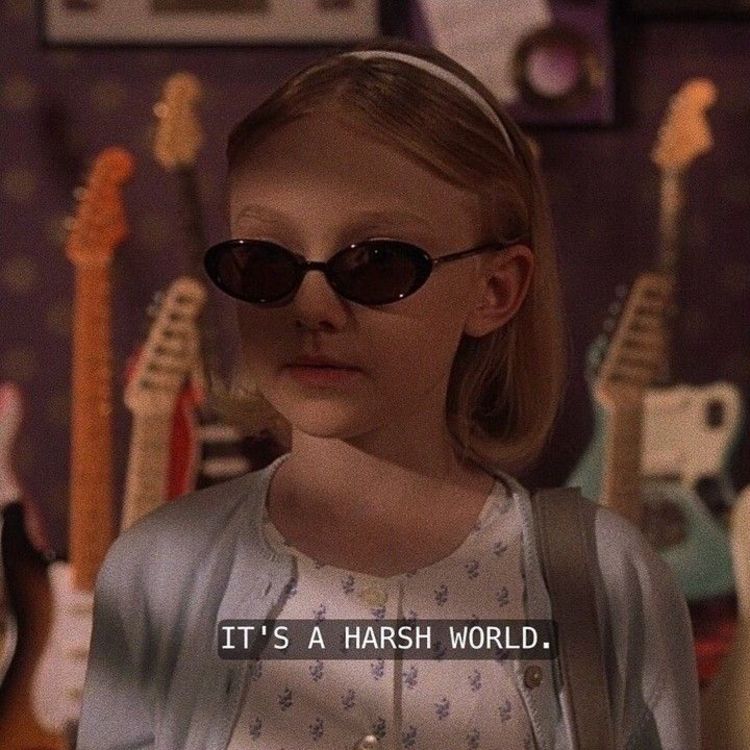
Morris, P. (2022) The Pink Tax: The hidden cost of being a women. [Pink Tax breakdown]. Instagram.
https://www.instagram.com/p/CG2e2JsAauX/?igshid=MzRlODBiNWFlZA==
Phan, J. (2018) Period poverty is a serious issue in Canada. [Illustration on menstrual products in glass display cabinet]. Broadview.
https://broadview.org/period-poverty-is-a-serious-issue-in-canada/
Robert, G. (2017) Pink is for everyone. [Humans wearing pink]. Metal Magazine.
https://metalmagazine.eu/en/post/interview/gregory-robert-pink-is-for-everyone
Wood, S. (2023) The role of the woman within society. [Australian women’s protest b&w]. Medium.
https://medium.com/@saffronwood570/the-role-of-women-in-society-past-vs-present-c7986b9ab236
Wombilee. (2023). Know the difference between period tax and tampon tax. [Tampon tax vs pink tax]. Instagram.
https://www.instagram.com/p/Cn2BTjCrhCH/?igshid=MzRlODBiNWFlZA==
(2023). [“Tampons should be free”]. Tumblr.
https://i.pinimg.com/564x/40/7b/4e/407b4e47b90517845eb93dd45801606b.jpg
(2023). [“It's a harsh World”]. Pinterest.
https://i.pinimg.com/originals/11/4b/eb/114beb1c6d6f4c4342e682c60ad02a3f.jpg
(2023). [Pastel skincare]. The glow Edit.

